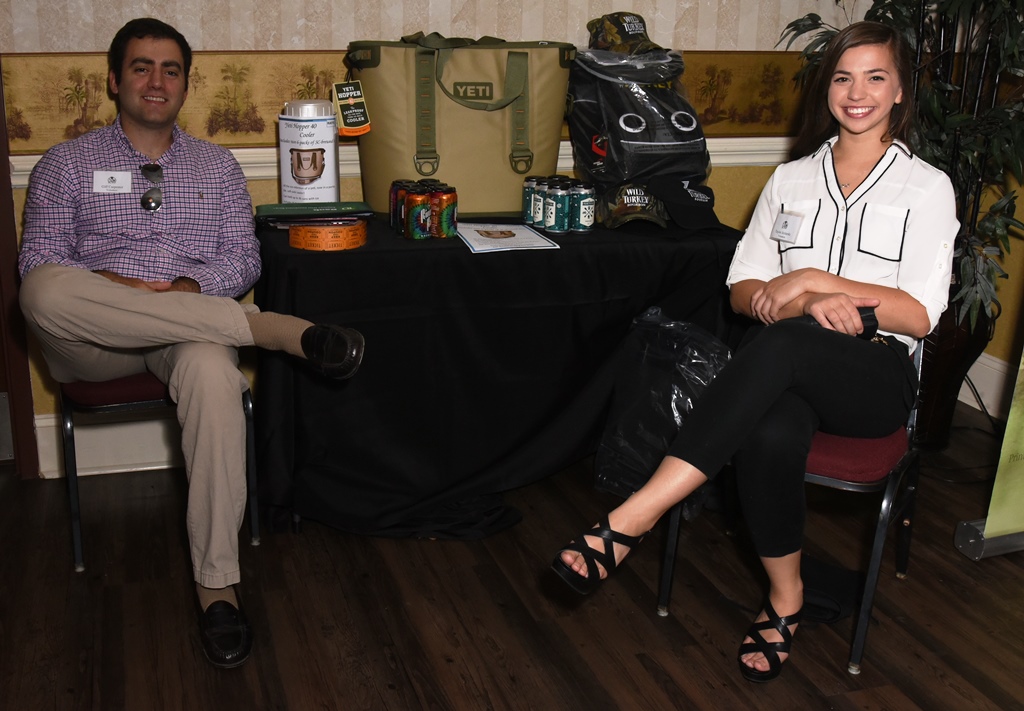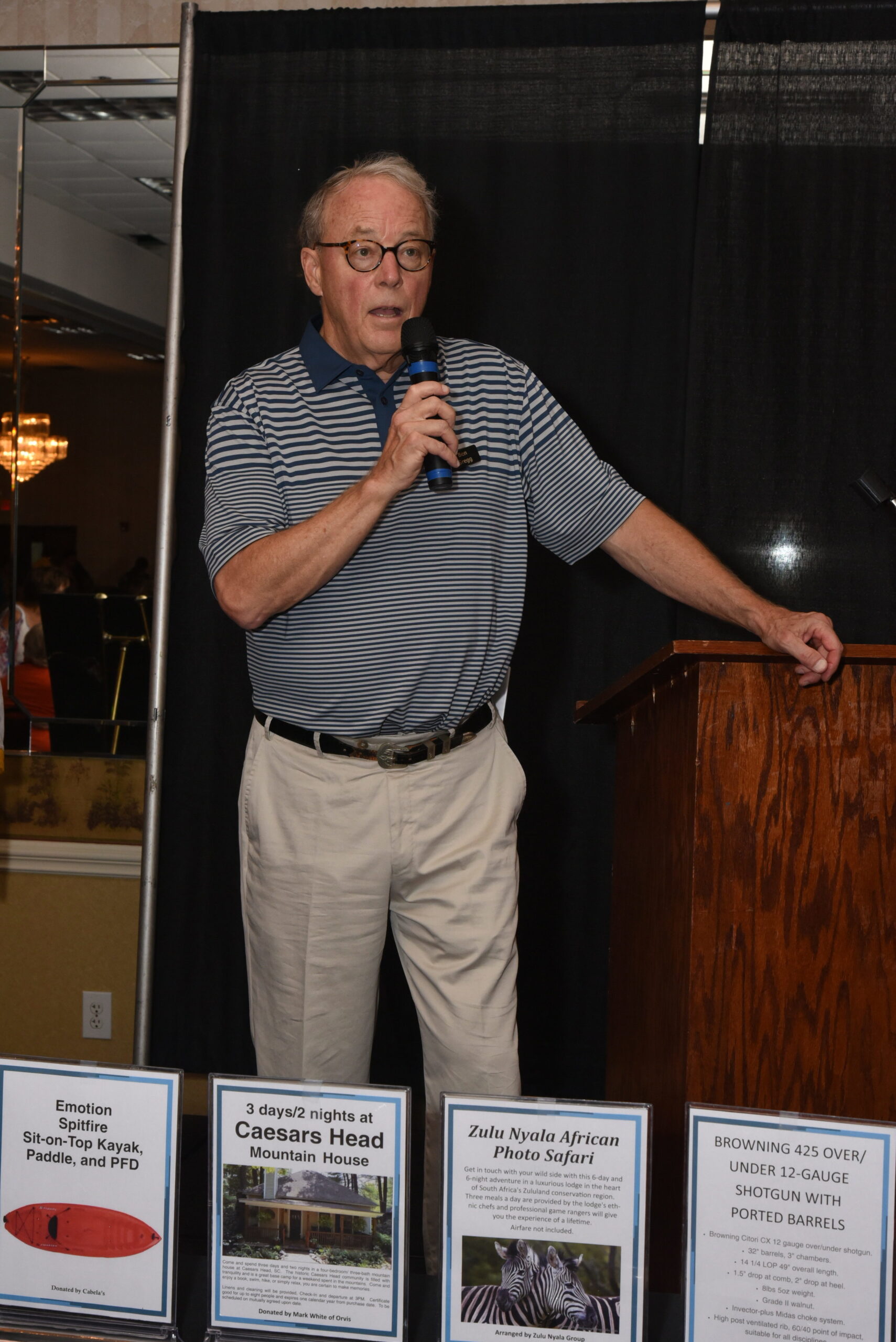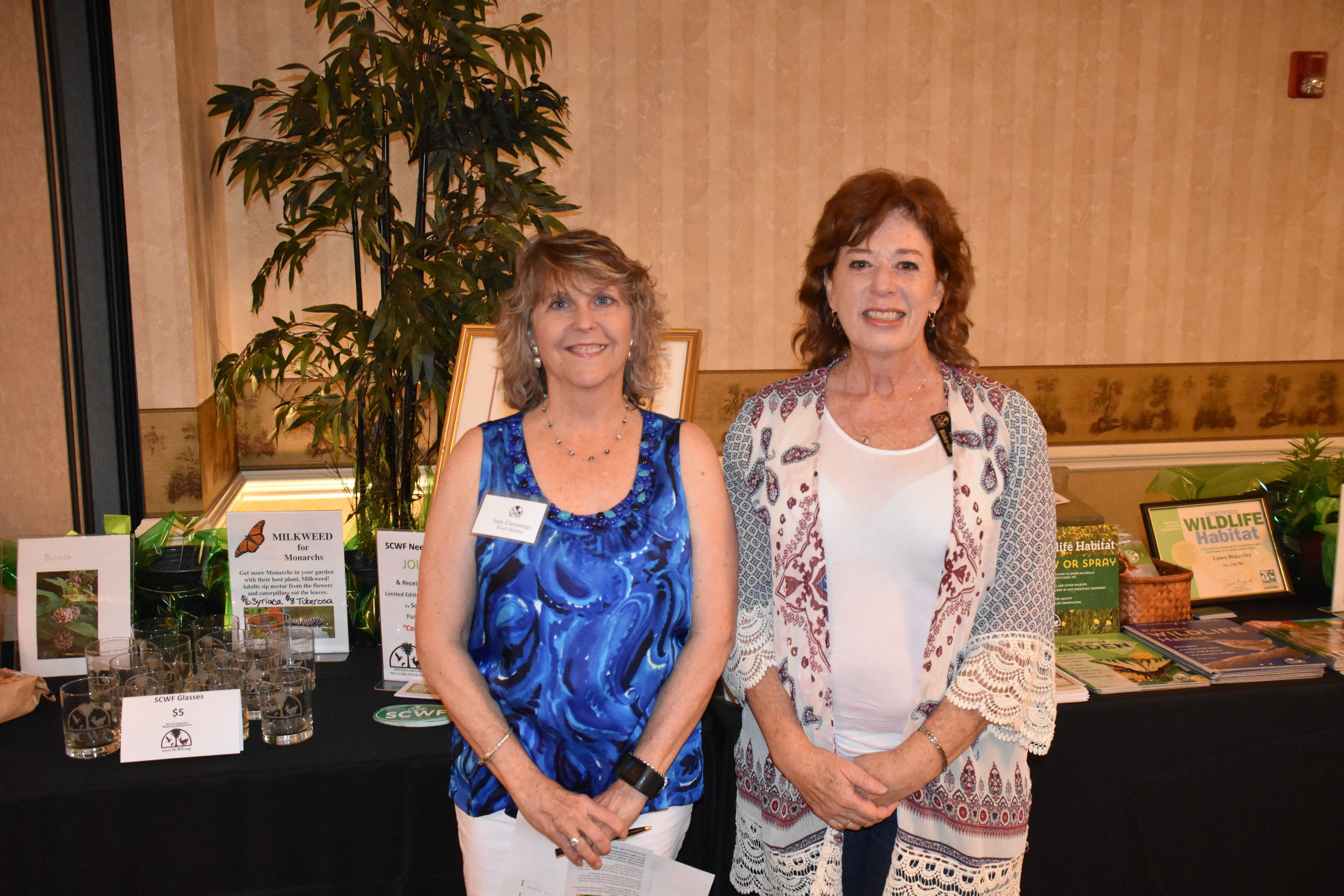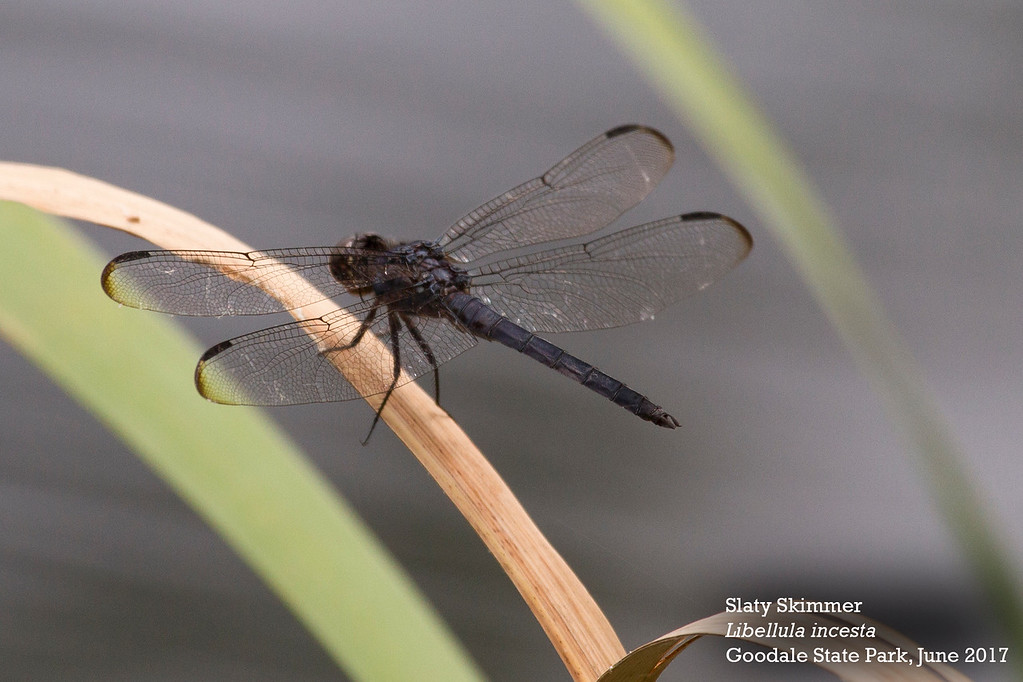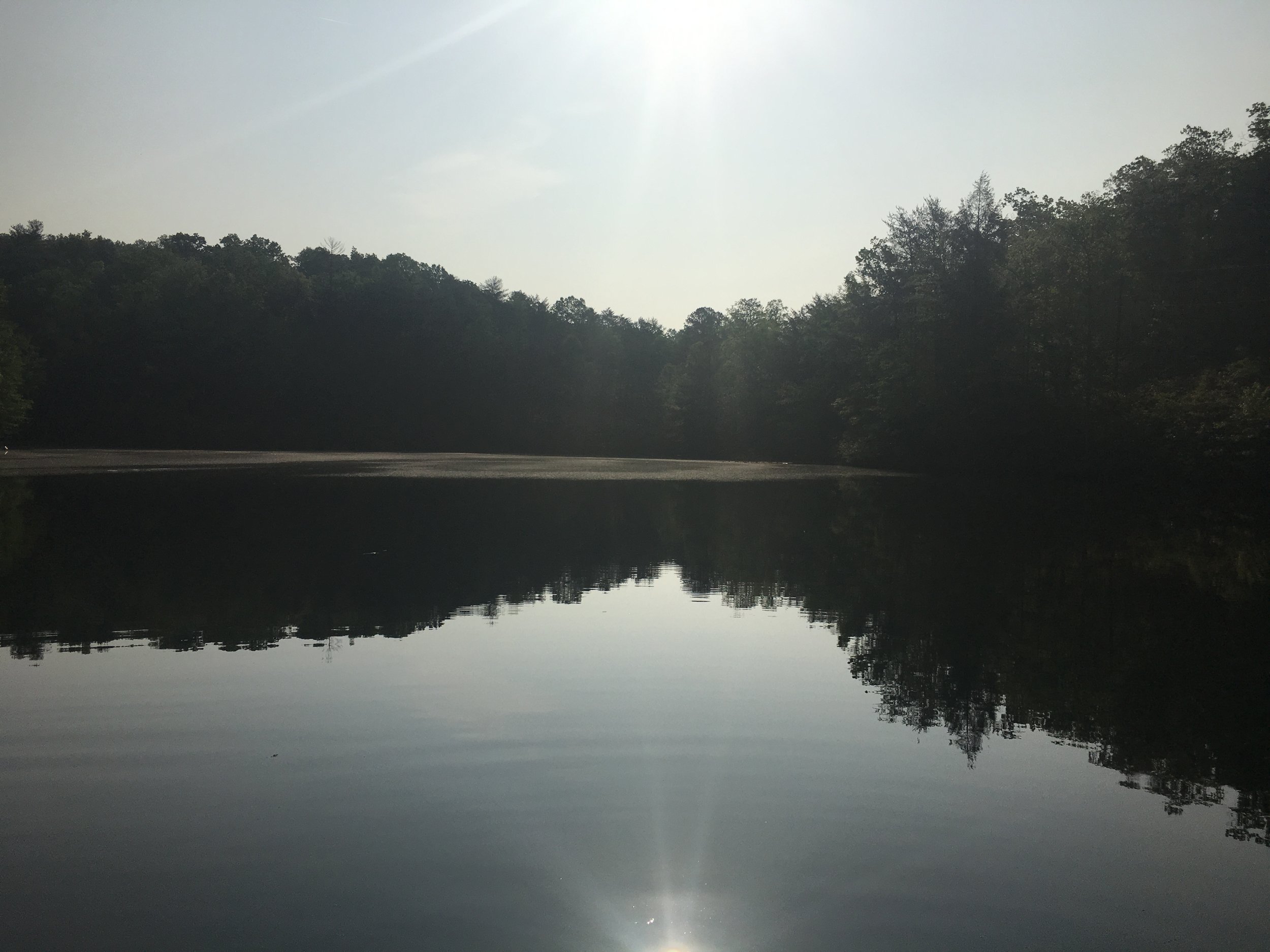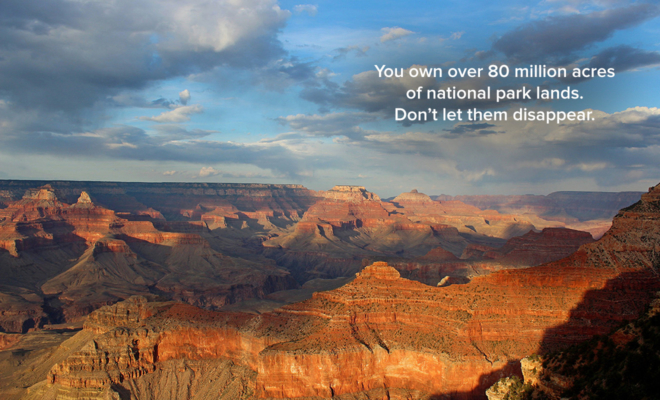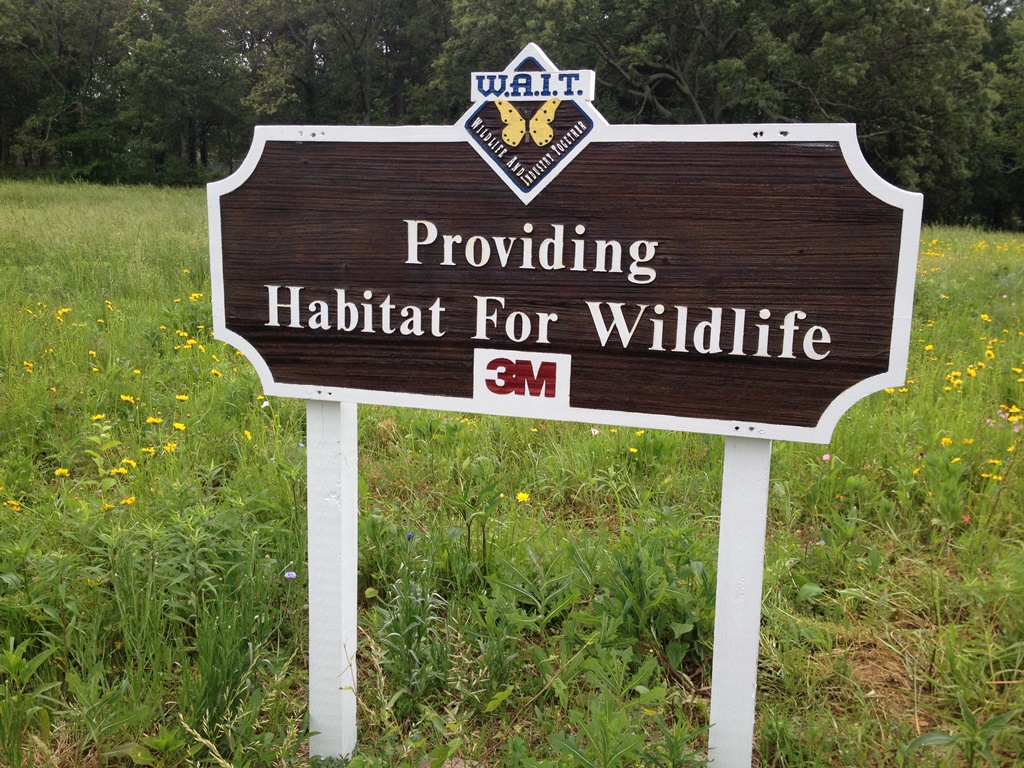
My name’s Kristin, and I was hired back in March as SCWF’s new Manager of Development and Events. I’m a Columbia College alum who majored in Writing for Print and Digital Media, so with our Wild Summer’s Night Auction & Wild Game Feast recently behind us, I wanted to bring you a blog post on exactly how my first auction went.
Many thanks again to all of the donors, corporate sponsors, board members, volunteers, and other supporters who made such a successful auction possible!
Planning the Auction:
The Wild Summer’s Night Auction and Wild Game Feast, held at Seawell’s in Columbia, is SCWF’s biggest fundraiser of the year, bringing in about 400 people and a large chunk of our total operating budget. The first I heard of the auction was during my interview at the beginning of March, so it’s been on my mind for quite some time. I knew that as Manager of Events I’d have a big role in planning it, and I definitely had some jitters about going into the process.
Everyone in the office helps out with the auction, but my first major responsibility was securing the items to be auctioned off. Most of the meat for the wild game feast and the items we auction off are donated to us, so there were quite a few people we had to reach out to in the months leading up to the event. The first thing I did was contact past donors to see if they’d be willing to donate again. This was really nerve wracking for me because I didn’t have any experience asking people for things like that.
I was pleasantly surprised, though, by how many people not only were willing to donate, but also were eager to do so. It never ceased to amaze me when I’d ask for a donation and be met with an excited “I’d love to donate!” By the time the auction actually rolled around, we had over 80 auction items that included weekend getaways, paintings, gift packages, gardening packages, kids packages, and pretty much anything else you could think of.
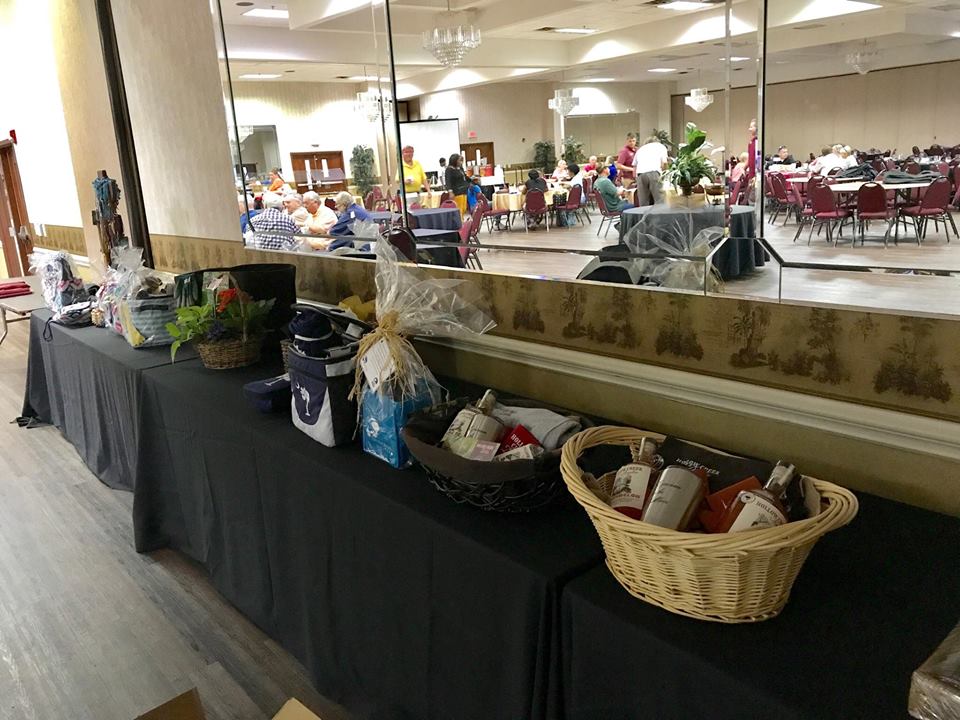
In the weeks leading up to the auction, we also spent our time confirming the wild game donations and arranging for them to be in the right place by the right time, marketing the event so people would actually show up, arranging corporate sponsors, planning raffles, and setting up our mobile bidding system. I constantly felt like I’d done so much and so little all at once, which was an interesting feeling. Though we were busy, the event planning is my favorite part of my job, and it was actually kind of exciting to have so much to do within so little time. (Don’t remind me I said that next year when we’re planning the 2018 auction).
Day of the Auction:
The whole staff essentially worked around the clock getting last minute details in place in the days leading up to the auction, so I was somehow both relieved and horrified when auction day finally arrived. We had set everything up the day before, so I was able to use the morning to make sure all our ducks were in a row. We had an awesome group of volunteers (and our intern, Max) who made set-up smooth sailing for everyone. It was a huge help to everyone, but to me, especially, since they had done this before and didn’t need much directing. Being able to trust that I could give someone a task and it’d be done (and done correctly) while I worked on something else was a huge weight off my already exhausted shoulders.

Right on time, at 6 p.m. guests started arriving. From there, the night was a complete whirlwind. I thought the week leading up to auction went by quickly, but it was nothing in comparison to the auction itself. I found it really neat how much went on at once during this event; there were raffles, live-music, tons of food, an open bar, guest chefs and speakers, and of course, the silent and the live auctions.
Just like with set-up, our volunteers really came through to help run the event seamlessly. We have a very small staff, so if it weren’t for the volunteers we wouldn’t be able to pull something like this off. My predecessor, Harley, was a huge help as usual because she knew how the auction had been run in the past, so she was there to help me with things I would’ve never thought to prepare for (who knew table assignments were so hard? I now remember exactly why we’re skipping assigned tables for my upcoming wedding).
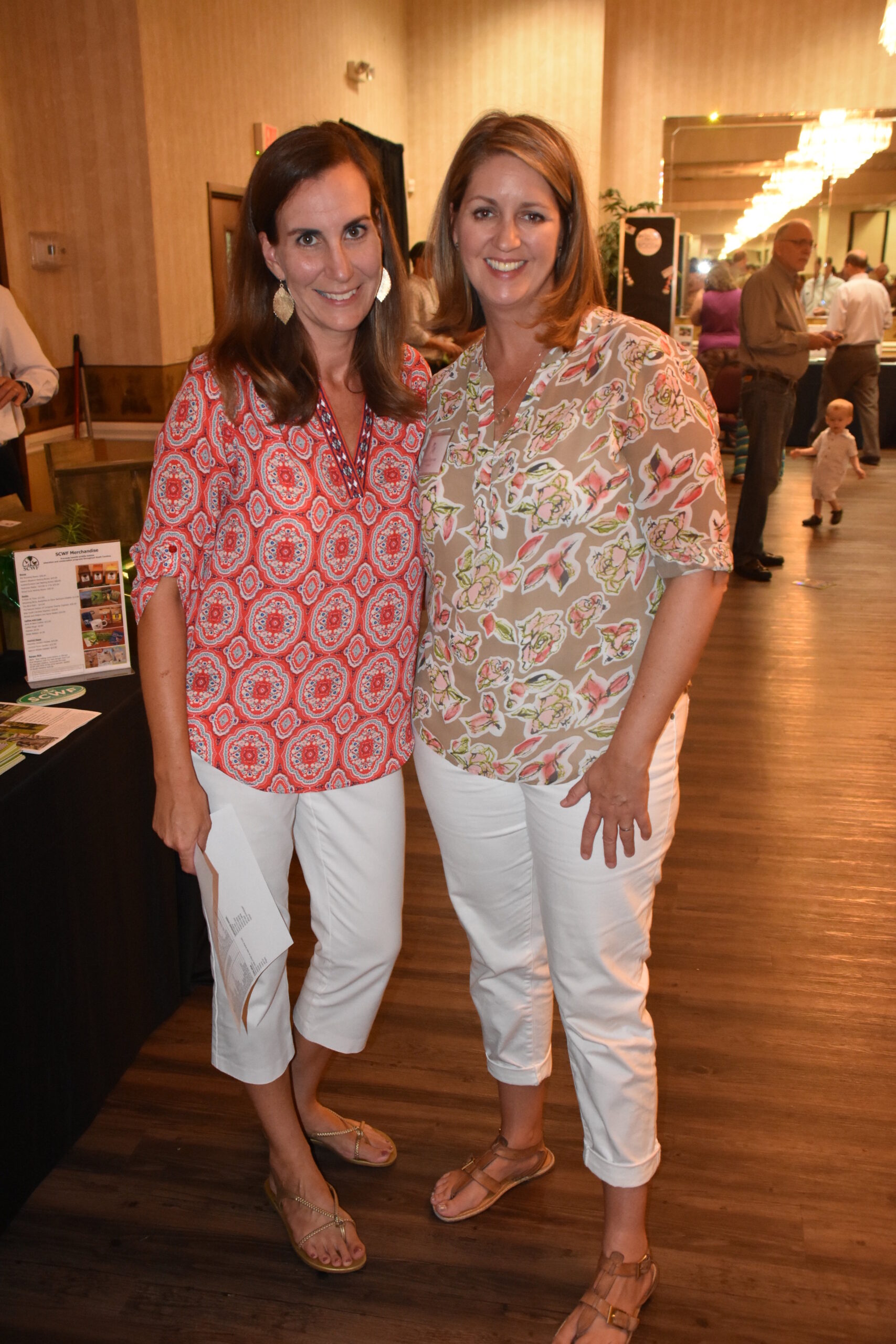
We even had my friend Preston come perform for us this year. Of all the positive feedback I got about the auction afterwards, the most I heard about was how great Preston was. Everyone was super impressed with him and he helped make the event event better.
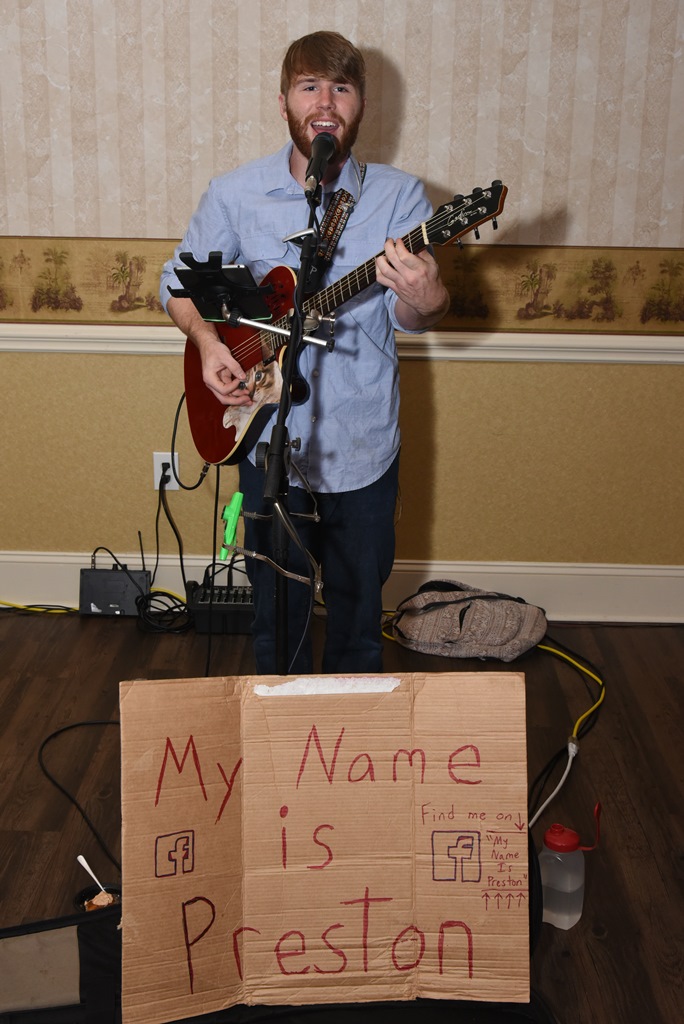
Even with all the help, I was running around all night. Right before the silent auction ended I finally had a chance to sit down and enjoy some of the food, and I’m so glad I did. The wild game feast was incredible. We had fried gator, catfish, chicken marsala, quail perlo, mustard fried venison, venison chili, pulled pork, mac and cheese, coleslaw, and probably more than I didn’t even see.
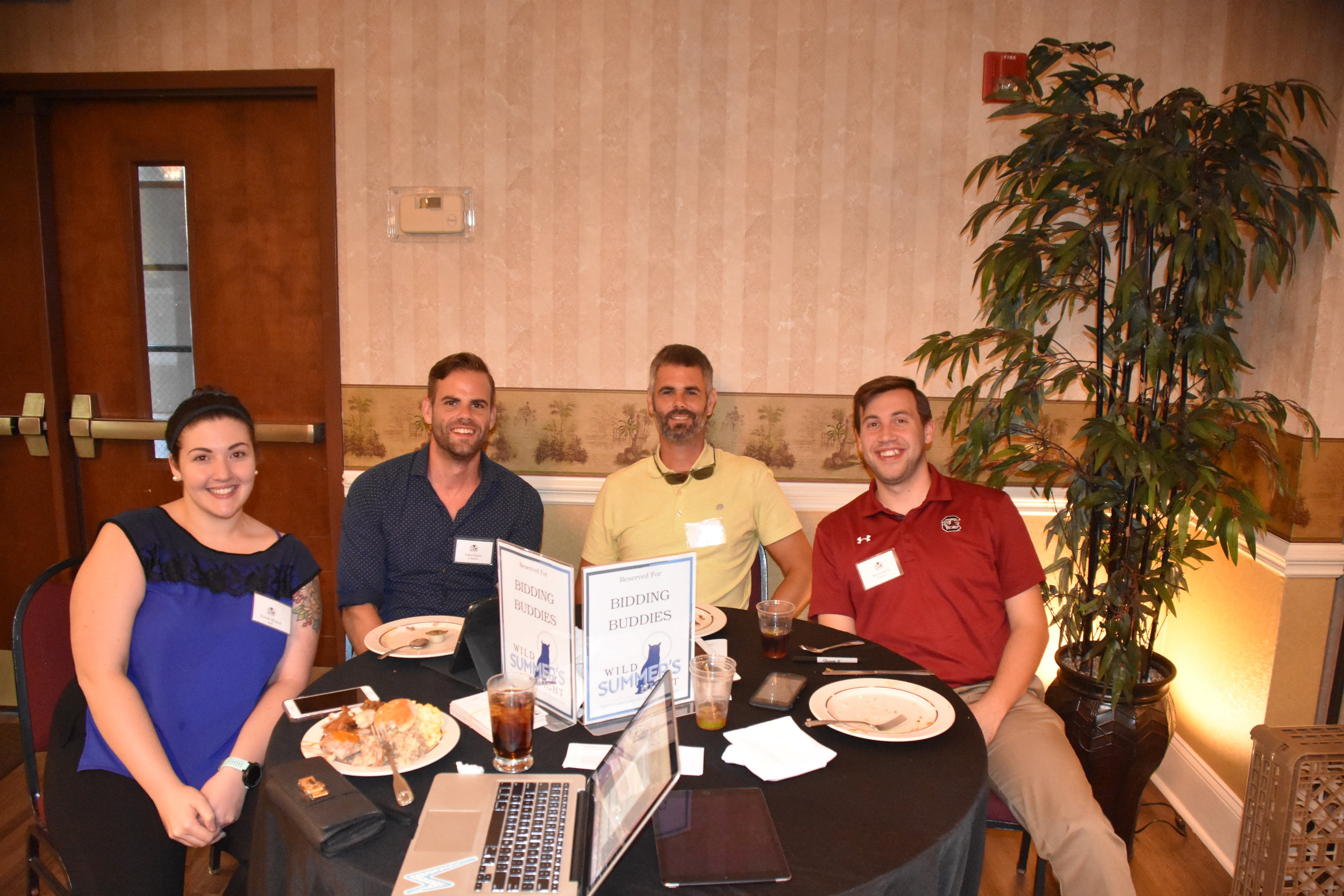
It’s over already?
Before I knew it, the live auction was finishing up, people were checking out, and the night was over. The staff at Seawell’s is incredible; they handled all the clean up outside of what was ours to take home, and they were pleasant and easy to work with. The event was over at 10 and I was at home, eating a Sonic blast in bed by midnight (no ice cream has ever tasted so good).
I have to admit, the planning was stressful. So it was both a pleasant surprise and a “wait…that’s it?” kinda feeling when it all went by so quickly. By the end of the night, we’d raised over $37,000 (after expenses) for the organization and that was an amazing feeling.
There are things I will suggest be done differently next year, and definitely some things I am more prepared to handle next year. Overall, though, I feel accomplished with what we were able to do this year. I’m very fortunate that my first job out of college put me in a position I wanted to be in—doing something I love for a cause I care greatly about—and surrounded me with coworkers who made the (many, many) extra hours less stressful, and maybe even almost enjoyable 😉
A version of this blog has been cross-posted to my personal blog, The Donut Runner.
